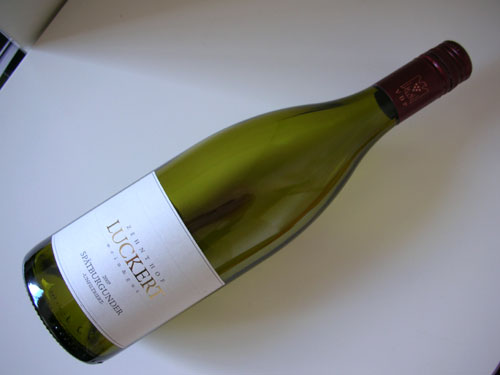Au Bon Climat, Santa Maria Valley, Pinot Noir, 2006
As far as wine is concerned, there is much more to California than just Napa Valley or Sonoma. In fact, one of the Californian wineries that so far has impressed me most is located a little bit further south, in Santa Maria Valley: Jim Clendenen's Au Bon Climat. On election day in the UK, when a risotto was slowly cooking in the kitchen, it was time to open a Californian Pinot Noir to support us through the long night.






